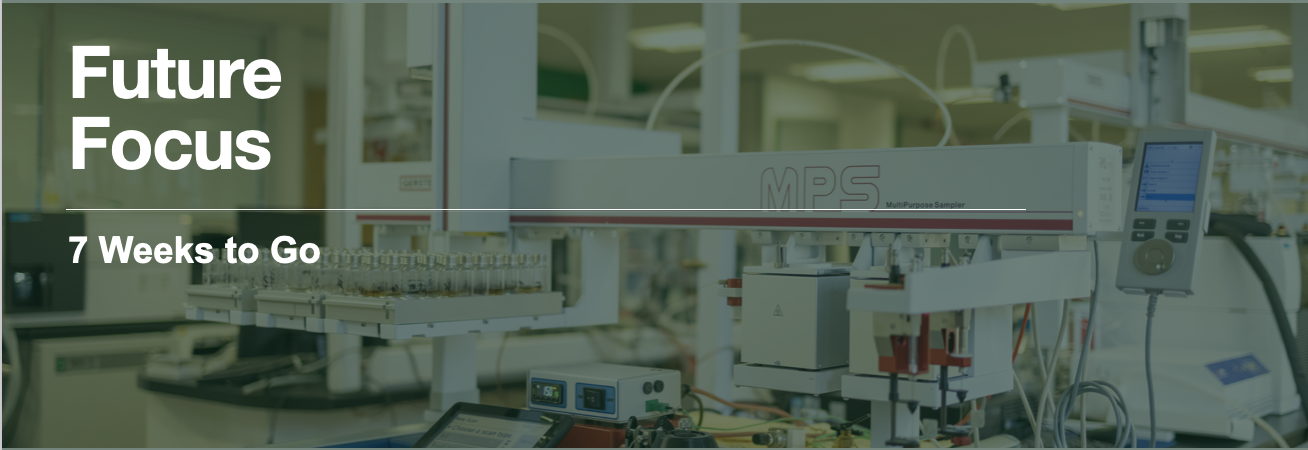Future Focus: Syft Technologies and Our History of Collaboration
7 Weeks to Go
With 7 weeks to go until the Future Focus event here in Cambridge, we’re taking another look at our history of collaboration. This time with Syft Technologies.
Our relationship with Syft Technologies began with a phone call in 2014. Syft were looking for a UK distributor and Anatune had been recommended to them.
Customers occasionally present us with analytical problems that are difficult, if not impossible to solve with GC or LC. For example, compounds that are both polar and volatile fall into this category. They are too reactive to be analysed by GC without derivatization and GCs, and too volatile to be analysed by LC. Formaldehyde and chlorine are good examples. Both are toxic, need to be analysed for, and both are a breeze to analyse by SIFT-MS.
After seeing Syft’s presentation, we recognised that their SIFT-MS would satisfy unfilled niches in the market.
Syft Technologies were a potential new partner and as part of our due diligence, we first visited an established and successful Syft distributor to discuss their experiences selling the systems. We then headed to New Zealand to check out both the company and its products.
Next, together with Syft, we arranged a customer workshop in the UK where we were able to demonstrate the capabilities of the technology and build interest in the product with a select group of customers.
Within just a few months, we won a number of orders – highly unusual when launching an entirely new technology (it usually takes at least a year to get the first sale of a new product over the line).
Our philosophy has always been that if we take on a product, we do it properly.
On this occasion it meant:
- Buying an instrument for our laboratory
- Taking on an applications specialist to act as product champion.
- Fully training our sales team
- Factory training our service engineers by sending staff to NZ (where, as part of their training they spent time in the factory building an instrument).
Mark Perkins became our product champion, joining us in April 2015.
Prior to this, Mark was a customer of ours who had always impressed us over the years of working together. He is an excellent chemist and proved to be the perfect person for the job.
We like to think we have brought a lot to the SIFT-MS party. As we have a dedicated applications lab, we were able to bring appropriate analytical chemistry experience necessary to develop such a powerful but still fairly novel piece of technology.
Central to this was our knowledge of automation. As soon as the first system was out the box, we were sizing it up to fit it with a GERSTEL MPS for high-throughput automation.
Sample introduction for SIFT-MS has very different requirements compared to GC or LC-MS, so we knew there was a lot of work to be done.
It didn’t take long for us to facilitate the relationship between GERSTEL and Syft Technologies and within months, Mark was developing new sample introduction technologies and approaches.
SIFT-MS will undoubtedly play its part in laboratory sustainability. For starters, the technique requires very small volumes of samples and reagents due to its high sensitivity.
Perhaps more importantly, it has its part to play in making hydrogen fuel a viable part of the wider energy strategy by effectively monitoring the formation of impurities in hydrogen fuel cells.
Thomas Bacquart presented work on this back at our SIFT-MS Interest Group Meeting in 2019. Click here to see it.
If you want to learn more about SIFT-MS and other cutting edge analytical chemistry, be sure to register for our Future Focus event on the 29th and 30th of September.
Mark will be presenting an extensive overview of the technique as detailed in the below video.
Click here for a full agenda and more. We hope to see you then.


